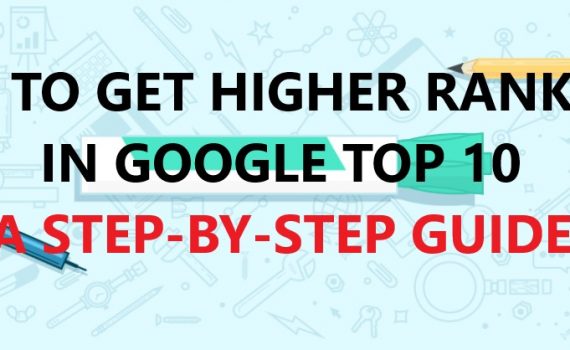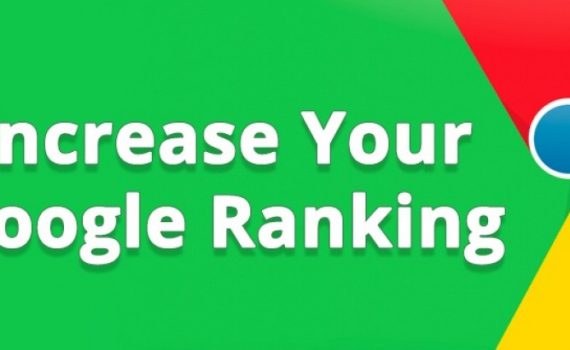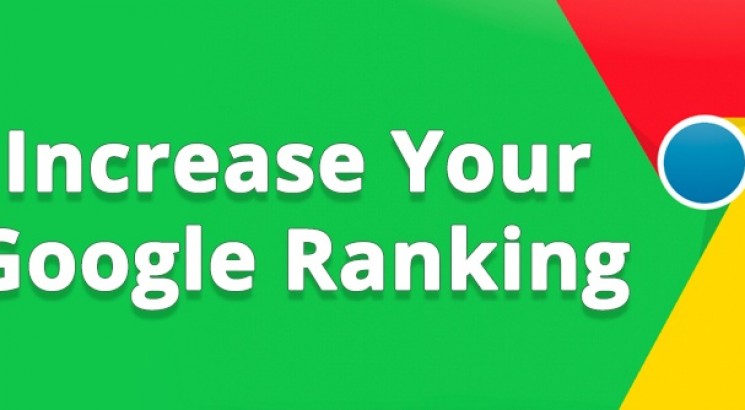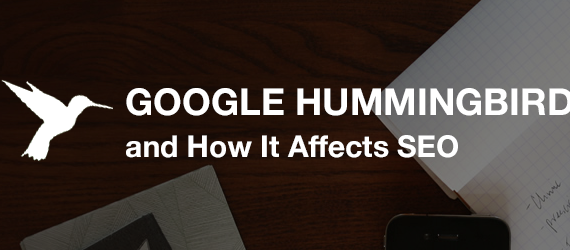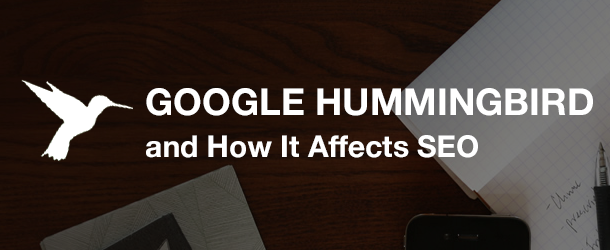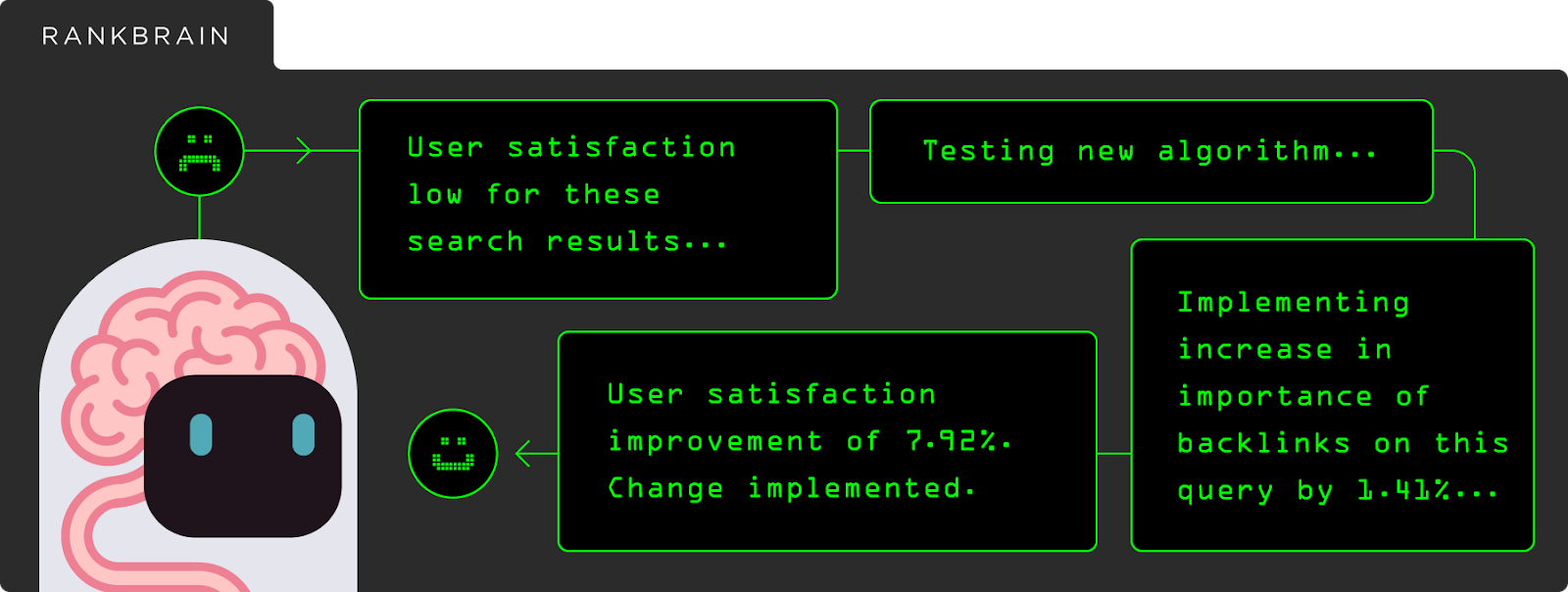
Leverage Competitor SEO Strategies: Analyze Rivals to Boost Your Rankings
Category : Talk To Our SEO Experts
Understanding your competitors’ SEO strategies can provide invaluable insights and opportunities to refine your own approach. By analyzing how rivals are performing in search engine rankings, you can uncover successful tactics, identify gaps, and implement effective strategies to boost your own SEO performance. This guide will walk you through techniques for studying your competitors and leveraging their strategies to improve your SEO.
1. Identify Your Competitors
a. Determine Direct Competitors
+ Industry and Niche: Identify businesses in your industry or niche that are targeting the same audience or keywords. These are your primary competitors.
+ Search Results: Perform searches for your primary keywords and note which sites consistently rank on the first page of search results.
b. Analyze Indirect Competitors
+ Related Niches: Consider companies in related niches that might be competing for similar audiences or keywords.
+ Emerging Competitors: Keep an eye on new or emerging competitors who might be targeting the same market.
2. Conduct Competitor Keyword Analysis
a. Identify Competitor Keywords
+ Keyword Research Tools: Use tools like Ahrefs, SEMrush, and Moz to discover the keywords your competitors are ranking for. Enter competitor URLs to view their top-performing keywords.
+ Competitor Content: Analyze the content on competitors’ websites to identify keywords they frequently use.
b. Evaluate Keyword Performance
+ Traffic Estimates: Assess the estimated traffic and search volume for the keywords your competitors are targeting.
+ Ranking Positions: Check the ranking positions of competitor keywords to understand their search visibility.
3. Analyze Competitor Backlinks
a. Examine Backlink Profiles
+ Backlink Analysis Tools: Utilize tools like Ahrefs, Majestic, and SEMrush to analyze your competitors’ backlink profiles. Look at the quantity, quality, and types of backlinks they have.
+ Link Sources: Identify the websites and domains linking to your competitors, and evaluate their relevance and authority.
b. Identify Link Building Strategies
+ Content-Based Links: Determine if competitors are acquiring backlinks through content marketing, such as guest posts, infographics, or research reports.
+ Outreach Techniques: Observe if they are using specific outreach strategies, like influencer collaborations or digital PR campaigns.
4. Review Competitor On-Page SEO
a. Analyze Page Titles and Meta Descriptions
+ SEO Tools: Use tools like Screaming Frog or Sitebulb to examine the page titles, meta descriptions, and header tags of your competitors’ top-ranking pages.
+ Keyword Usage: Evaluate how competitors are incorporating keywords into these elements and how effectively they are optimizing them.
b. Evaluate Content Structure and Quality
+ Content Analysis: Review the structure, length, and quality of the content on competitors’ pages. Note their use of headings, subheadings, and multimedia elements.
+ User Engagement: Analyze metrics such as average time on page, bounce rate, and social shares to gauge user engagement with their content.

Analyze competitor SEO tactics to refine your strategy and boost rankings.
5. Assess Competitor Technical SEO
a. Review Site Architecture and Navigation
+ Site Audits: Conduct site audits using tools like Google Search Console or Screaming Frog to evaluate the technical SEO aspects of competitors’ sites.
+ URL Structure: Examine URL structures for cleanliness, readability, and keyword optimization.
b. Check for Technical Issues
+ Mobile-Friendliness: Assess if competitors’ sites are optimized for mobile devices using Google’s Mobile-Friendly Test.
+ Page Speed: Measure page loading speeds with tools like Google PageSpeed Insights or GTmetrix, and note any optimization techniques used by competitors.
6. Examine Competitor Content Marketing Strategies
a. Review Content Types and Topics
+ Content Categories: Identify the types of content (blogs, videos, infographics) that competitors are producing and the topics they cover.
+ Content Frequency: Analyze the frequency and consistency of content publication to understand their content marketing cadence.
b. Evaluate Content Promotion
+ Social Media Presence: Review how competitors are promoting their content on social media platforms. Look for patterns in their posting strategies and engagement levels.
+ Email Marketing: Observe if and how competitors use email marketing to distribute content and engage with their audience.
7. Leverage Competitor Social Signals
a. Analyze Social Media Engagement
+ Social Metrics: Use tools like BuzzSumo or Social Blade to measure social media metrics such as shares, likes, and comments on competitors’ posts.
+ Audience Interaction: Examine how competitors engage with their audience and the types of content that generate the most interaction.
b. Monitor Social Influencers and Partnerships
+ Influencer Collaborations: Identify if competitors are working with influencers or industry experts and assess the impact on their SEO and overall digital presence.
+ Partnerships: Look at any strategic partnerships or collaborations that might be contributing to their SEO success.
8. Apply Insights to Your SEO Strategy
a. Optimize Keyword Targeting
+ Keyword Gaps: Identify keyword gaps between your site and competitors’ sites, and incorporate these keywords into your content strategy.
+ Long-Tail Keywords: Target long-tail keywords that competitors might be overlooking to capture niche traffic.
b. Enhance Backlink Acquisition
+ Replicate Successful Strategies: Implement similar backlink acquisition strategies as your competitors, such as guest blogging or creating shareable content.
+ Build Relationships: Develop relationships with the websites and influencers that are linking to your competitors to secure your own backlinks.
c. Improve On-Page and Technical SEO
+ Content Optimization: Use insights from competitors’ content to refine your own content strategy, focusing on high-quality, well-structured, and keyword-optimized content.
+ Technical Enhancements: Address any technical SEO issues identified during competitor analysis and implement best practices for site architecture and speed optimization.
d. Innovate with Content Marketing
+ Content Ideas: Use competitor content as inspiration to create unique and valuable content that addresses gaps or provides additional value.
+ Promotion Strategies: Adapt successful content promotion strategies used by competitors to increase your content’s reach and engagement.
9. Monitor and Adjust Your Strategy
a. Track Performance
+ Analytics Tools: Use tools like Google Analytics and Google Search Console to track the impact of changes made based on competitor analysis.
+ Performance Metrics: Monitor key metrics such as traffic, rankings, and conversion rates to evaluate the effectiveness of your updated SEO strategy.
b. Continuous Improvement
+ Regular Reviews: Periodically review competitor strategies and update your own SEO tactics accordingly.
+ Stay Agile: Be prepared to adapt to changes in competitor strategies, search engine algorithms, and market trends.
Final Takeaways
Leveraging competitor SEO strategies involves a comprehensive analysis of your rivals’ keywords, backlinks, content, technical SEO, and social signals. By understanding what works for your competitors and applying these insights to your own SEO efforts, you can enhance your website’s performance, improve search rankings, and drive more traffic. Regularly monitor competitor activity and adjust your strategies to stay competitive and achieve long-term success in the ever-evolving digital landscape.
